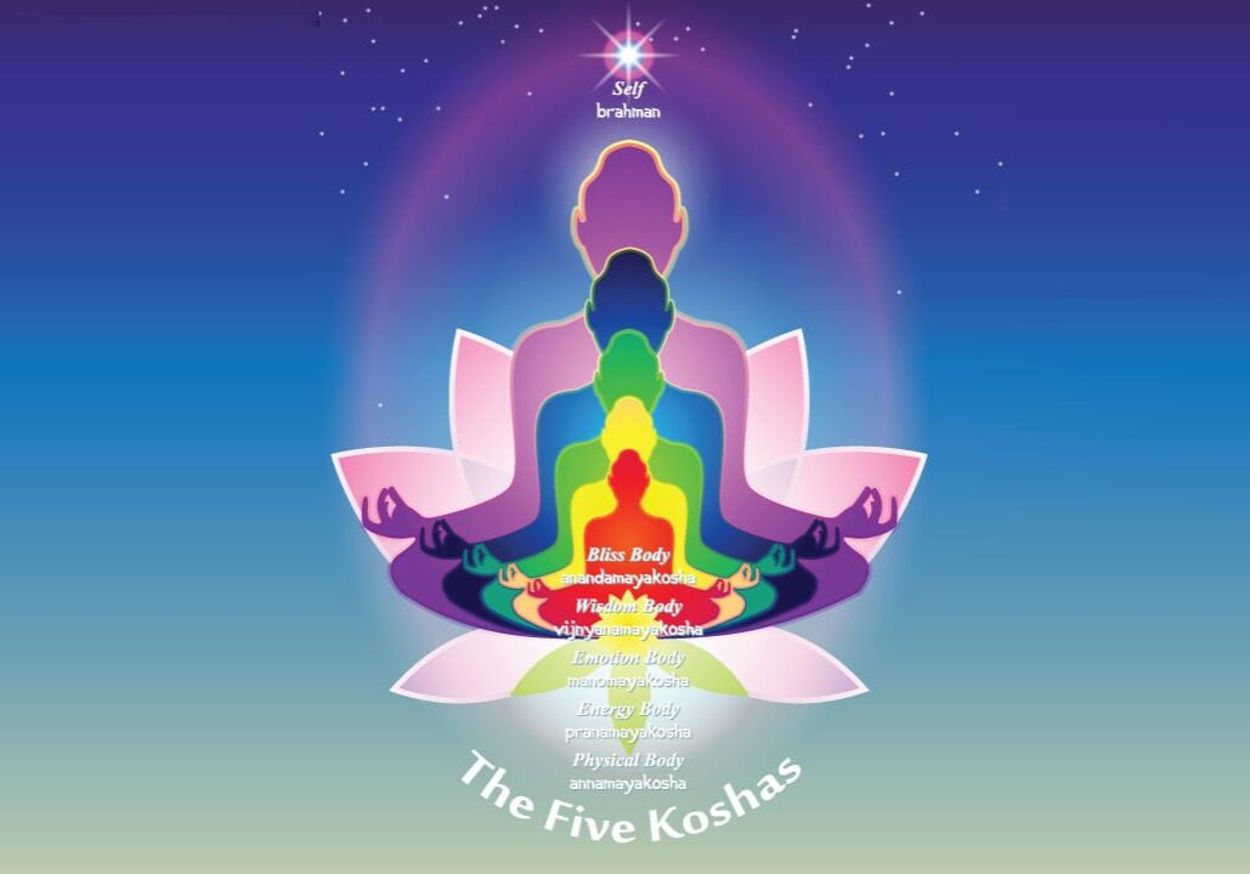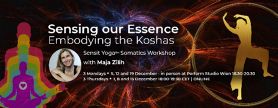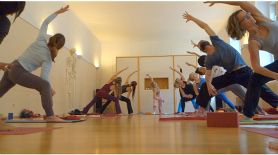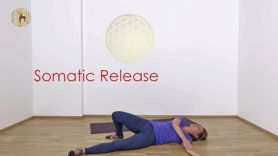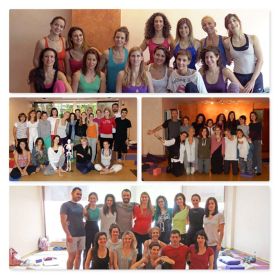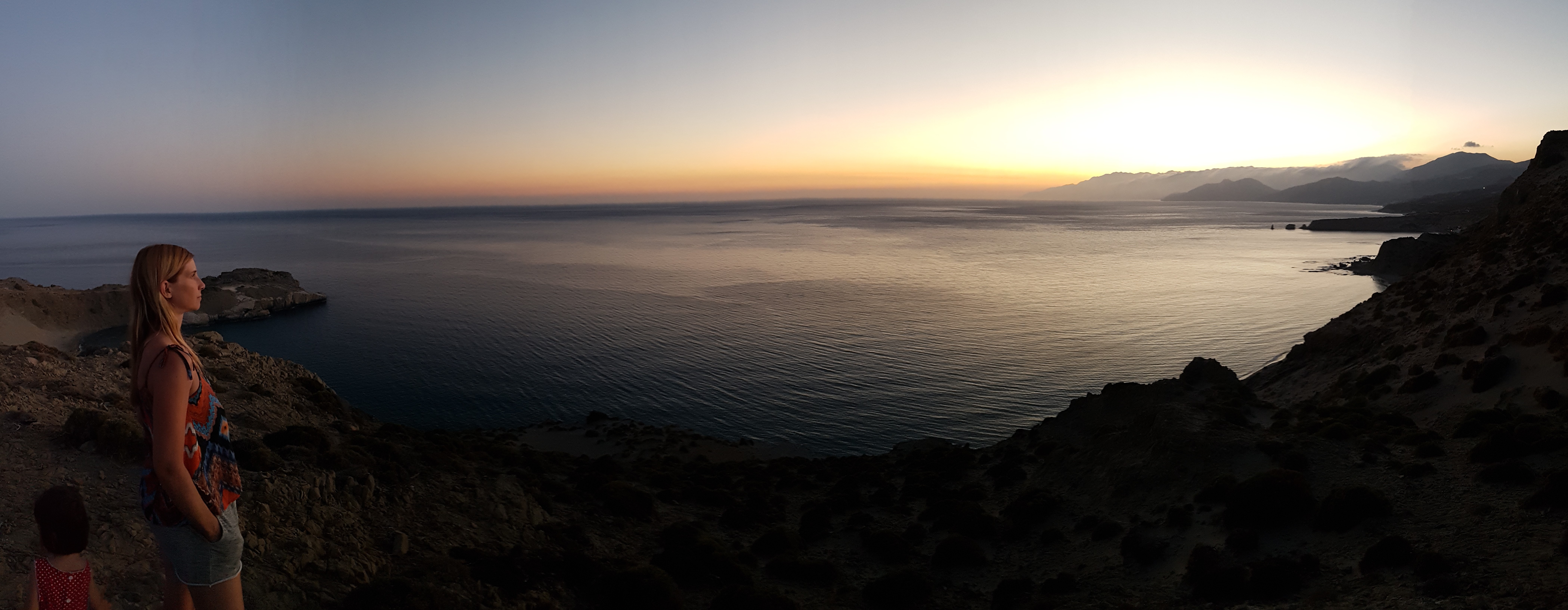How does the rhythm of our breath influence the state of our mind? Why do certain feeling states elicit our coordination and balance, while others hinder them? Where does the deep “insight” arise from? Where is “the essence of who we are" to be found? Is it behind the thoughts, felt only in their absence, or is the essence also in our capacity to have thoughts in the first place?
We will play with all these questions in the December course, using a combination of movement, sound and meditation, and taking inspiration from the yogic philosophy of the Koshas, to expand our perception, and grow the field of our inquiry.
More info:
According to the Taittirya Upanishad (appx 6th century BC), the experience of being human consists of 5 Koshas or “bodies”, which range from the grossest to the most refined: Physical body, energy-body, mental/emotional body, body of wisdom and insight, and the body of bliss. It is proposed that, once we manage to transcend all the 5 bodies (or layers), the essence, or the true Self becomes revealed and can be experienced.
In our sessions we will explore the individual layers as distinct, yet deeply intertwined aspects of the self. We will play with their interractions and influence (such as between the quality of the breath and the state of the mind), and we will come to see them as capacities of human experience that always dance together in the dynamic flow of life.
Instead of seeking to transcend the body, energy, or emotions, in hope to achieve the state of bliss or pure consciousness, we will look at how the consciousness shows up in different forms and ways, depending on the body system that we are focusing on.
In-person: Mondays 5, 12, 19 December 18:30-20:30 / Perform Studio Vienna
Cost: 110 Euros, or 40 per session
Online: Thursdays 1, 8 and 15 December 18:00-19:45 CET
Cost: 70 Euros, or 25 per session
----------------------------------------------------------------------------------
For the original description of the Koshas see:
Easwaran, E (2007): The Upanishads, The blue mountain center for meditation, the Taittirya Upanishad: pg 252-253
For the contemporary exploration of the koshas see
Stone, M (2008): The Inner Tradition of Yoga, Shambhala Publications, Inc., Chapters 11 and 12
